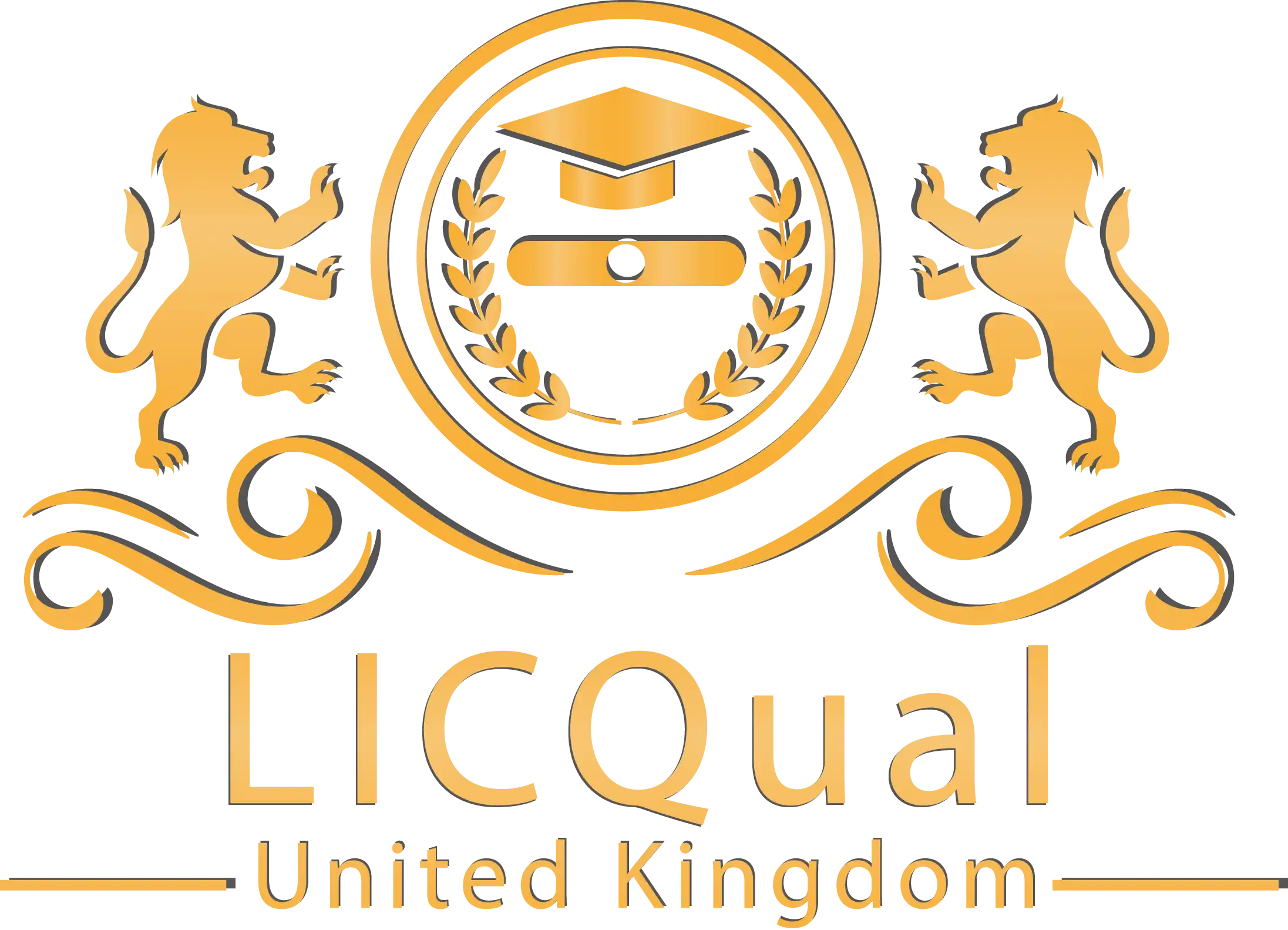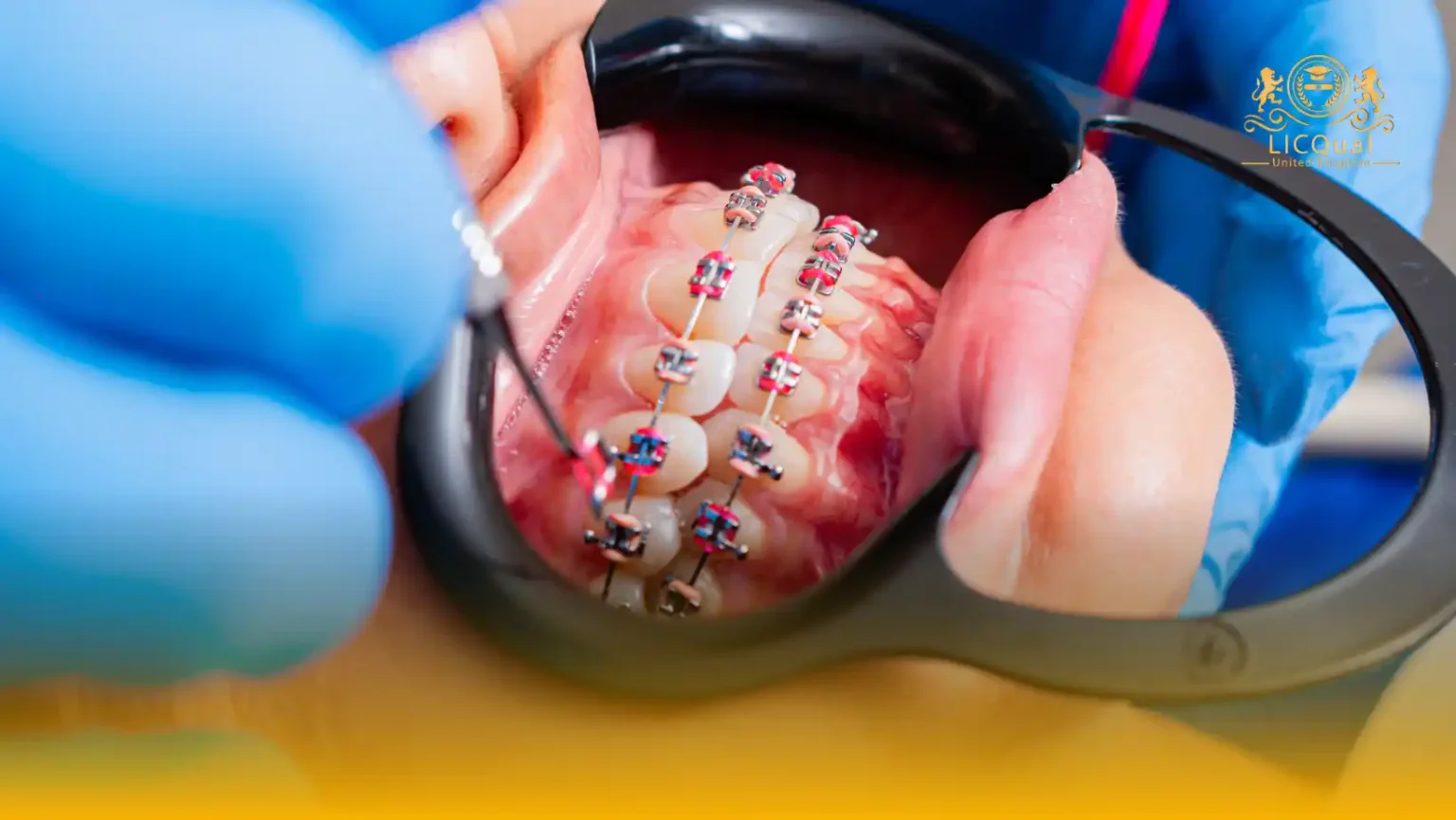The LICQual Level 3 Certificate in Orthodontics is an accredited and industry-recognized qualification designed for dental professionals who want to specialize in orthodontic care. This Level 3 Orthodontics Certificate equips learners with the essential skills and knowledge required to deliver effective orthodontic treatments safely and confidently, while adhering to professional and regulatory standards.
Whether you are a dental nurse, dental assistant, or an aspiring orthodontic practitioner, this LICQual Level 3 Orthodontics training program provides a solid foundation in both theoretical and practical aspects of orthodontics. You will learn about dental anatomy, orthodontic appliances, treatment planning, and patient care, as well as the latest techniques and best practices used in modern orthodontic clinics. The course is designed to blend theory with hands-on application, ensuring you can implement your learning in real-world dental settings.
The accredited Level 3 Orthodontics Certificate emphasizes patient safety, clinical procedures, and professional conduct. Learners gain practical experience in managing orthodontic appliances, understanding treatment protocols, and supporting patients throughout their orthodontic journey. The course also provides guidance on maintaining accurate patient records and ensuring compliance with industry standards, which is essential for career progression and professional credibility.
Completing the LICQual Level 3 Certificate in Orthodontics enhances your career prospects, allowing you to take on more specialized roles within dental practices, orthodontic clinics, and healthcare organizations. The globally recognized certification demonstrates your expertise in orthodontic procedures and patient care, making you a valuable member of any dental team.
The LICQual Level 3 Certificate in Orthodontics prepares you to deliver high-quality dental treatments, improve patient outcomes, and advance your career in the dynamic field of orthodontics.
Course Overview
Qualification Title
LICQual Level 3 Certificate in Orthodontics
Total Units
6
Total Credits
24
GLH
120
Qualification #
LICQ2200633
Qualification Specification
To enroll in the LICQual Level 3 Certificate in Orthodontics, applicants must meet the following criteria:
|
Qualification# |
Unit Title |
Credits |
GLH |
|---|---|---|---|
|
LICQ2200633-1 |
Orthodontic Principles & Diagnostic Techniques |
4 |
20 |
|
LICQ2200633-2 |
Growth & Development, Biomechanics & Appliances |
4 |
20 |
|
LICQ2200633-3 |
Treatment Planning for Class I, II & III Malocclusions |
4 |
20 |
|
LICQ2200633-4 |
Digital Orthodontics & Self-ligating Systems |
4 |
20 |
|
LICQ2200633-5 |
Advanced Biomechanics & Temporary Anchorage Devices (TADs) |
4 |
20 |
|
LICQ2200633-6 |
Emergencies & Retention Management |
4 |
20 |
By the end of this course, learners will be able to:
1. Orthodontic Principles & Diagnostic Techniques
By the end of this unit, the learner will be able to:
- Explain the principles of orthodontics and their role in dental health.
- Classify malocclusions using internationally recognised systems.
- Accurately record and interpret patient diagnostic data, including cephalometric analysis and dental photography.
- Develop comprehensive orthodontic case histories for treatment planning.
2. Growth, Biomechanics & Appliances
By the end of this unit, the learner will be able to:
- Describe craniofacial growth and its impact on orthodontic treatment.
- Apply biomechanical principles to orthodontic tooth movement.
- Select and recommend appropriate appliance types for specific cases.
- Demonstrate understanding of anchorage control and retention methods.
3. Treatment Planning for Class I–III Malocclusions
By the end of this unit, the learner will be able to:
- Assess and diagnose Class I, II, and III malocclusions accurately.
- Create individualised treatment plans based on case complexity and patient needs.
- Incorporate interceptive orthodontics for mixed dentition cases.
- Evaluate treatment outcomes against planned objectives.
4. Digital Orthodontics & Self-ligating Systems
By the end of this unit, the learner will be able to:
- Use digital orthodontic tools, including CAD/CAM and aligner design software.
- Explain the benefits and limitations of self-ligating bracket systems.
- Integrate 3D printing into orthodontic appliance production.
- Apply digital technology to enhance patient outcomes and efficiency.
5. Advanced Biomechanics & Temporary Anchorage Devices (TADs)
By the end of this unit, the learner will be able to:
- Explain the biomechanical principles behind complex orthodontic movements.
- Safely recommend and use temporary anchorage devices (mini-implants).
- Plan anchorage strategies for challenging orthodontic cases.
- Monitor and evaluate patient progress using advanced biomechanics.
6. Emergencies, Pain Management & Retention Strategies
By the end of this unit, the learner will be able to:
- Identify and manage common orthodontic emergencies effectively.
- Apply pain management strategies for orthodontic patients.
- Recognise and address complications such as root resorption and oral lesions.
- Develop effective retention protocols to maintain treatment results.
The LICQual Level 3 Certificate in Orthodontics is designed for dental professionals who want to specialize in orthodontic care and enhance their practical skills. This course is ideal for dental nurses, dental assistants, and aspiring orthodontic practitioners who wish to gain accredited recognition and practical expertise. Whether you work in private dental practices, orthodontic clinics, or hospital dental departments, this qualification equips you with the knowledge and confidence to deliver safe and effective orthodontic treatments.
1. Dental Nurses Seeking Specialization
- Ideal for dental nurses wanting to expand their skills into orthodontics.
- Provides practical knowledge of orthodontic appliances and procedures.
- Enhances patient care and treatment support capabilities.
- Builds confidence in assisting orthodontic practitioners.
- Adds accredited Level 3 qualification to career credentials.
2. Dental Assistants Looking for Career Advancement
- Perfect for dental assistants aiming to gain specialized orthodontic knowledge.
- Strengthens understanding of treatment planning and protocols.
- Enhances skills in patient communication and care.
- Improves practical experience with orthodontic procedures.
- Provides a recognized qualification to improve professional prospects.
3. Aspiring Orthodontic Practitioners
- Designed for individuals entering the orthodontics field.
- Provides foundational and advanced orthodontic skills.
- Develops knowledge of dental anatomy and orthodontic appliances.
- Prepares learners to assist or manage orthodontic treatments.
- Recognized certification for career progression in orthodontics.
4. Experienced Dental Professionals
- Suitable for dentists or hygienists looking to upskill in orthodontics.
- Enhances technical expertise in orthodontic procedures.
- Supports professional growth and specialization.
- Provides insights into latest techniques and clinical best practices.
- Strengthens ability to supervise or mentor junior staff.
5. Private Practice and Clinic Staff
- Ideal for staff working in private dental or orthodontic clinics.
- Improves competency in assisting with orthodontic cases.
- Enhances patient care and clinical workflow efficiency.
- Supports adherence to regulatory and safety standards.
- Adds a professional and recognized qualification to the team.
6. Healthcare Professionals in Dental Departments
- Tailored for dental teams in hospitals or community clinics.
- Provides skills to support orthodontic programs effectively.
- Enhances knowledge of patient management and treatment protocols.
- Develops confidence in handling orthodontic appliances.
- Recognized certification for career development in healthcare.
7. Students and Career Changers Entering Dentistry
- Perfect for individuals transitioning into dental or orthodontic roles.
- Provides structured learning in orthodontic theory and practice.
- Builds hands-on skills for clinical application.
- Increases employability in dental and orthodontic settings.
- Globally recognized Level 3 qualification for career advancement.
The LICQual Level 3 Certificate in Orthodontics equips a broad range of dental professionals with the knowledge, skills, and certification to provide safe, effective, and high-quality orthodontic care.
Centres delivering the LICQual Level 3 Certificate in Orthodontics must meet strict quality and compliance standards to ensure a high-level learning experience and successful outcomes for every learner.
To be approved, centres must have:
- Qualified and Experienced Tutors – Instructors must hold relevant dental or orthodontic qualifications, along with proven clinical experience in orthodontics.
- Competent Assessors – Assessors must be suitably qualified and experienced to evaluate both theoretical knowledge and practical competencies.
- Adequate Facilities and Equipment – Centres must provide fully equipped training facilities, including clinical tools, orthodontic appliances, and simulation resources to meet course delivery requirements.
- Access to Learning Materials – Centres must offer comprehensive learning resources such as textbooks, digital content, and visual aids to support learner progress.
- Quality Assurance Systems – An internal quality assurance process must be in place to maintain consistent delivery, fair assessment, and continuous improvement.
- Learner Support Services – Centres should provide guidance, academic support, and pastoral care to ensure learner wellbeing and success.
- Compliance with LICQual Standards – Centres must adhere to all awarding body policies, assessment guidelines, and reporting requirements.
Meeting these centre requirements ensures that learners receive professional, structured, and effective orthodontic training that aligns with international educational best practices.
Assessment and Verification
All units within this qualification are subject to internal assessment by the approved centre and external verification by LICQual. The qualification follows a criterion-referenced assessment approach, ensuring that learners meet all specified learning outcomes.
To achieve a ‘Pass’ in any unit, learners must provide valid, sufficient, and authentic evidence demonstrating their attainment of all learning outcomes and compliance with the prescribed assessment criteria. The Assessor is responsible for evaluating the evidence and determining whether the learner has successfully met the required standards.
Assessors must maintain a clear and comprehensive audit trail, documenting the basis for their assessment decisions to ensure transparency, consistency, and compliance with quality assurance requirements.

